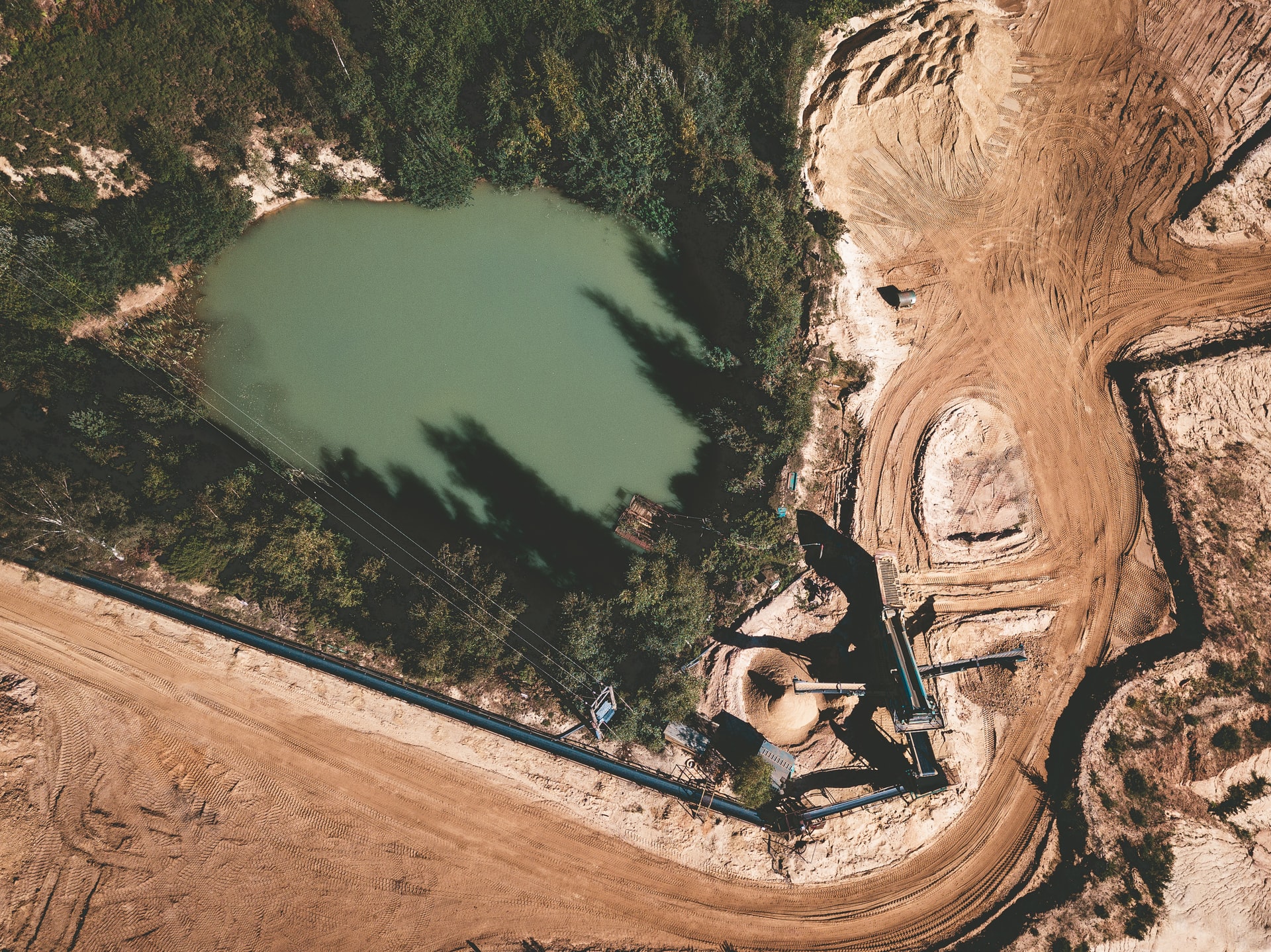Sand, a key raw material utilized in infrastructure, energy, and construction projects, is forecast to soon be in short supply. Demand for the critical commodity has tripled in the 21st century, and unsustainable mining efforts in unregulated portions of the industry are projected to damage the environment and make sand even harder to come by in the long-run.
Due to all of this, segments of an anticipated construction boom coming out of the pandemic may be delayed, or become increasingly more costly.
Related ETF and Stocks: Industrial Select Sector SPDR Fund (XLI), CRH PLC (CRH), Martin Marietta Materials, Inc. (MLM), U.S. Silica Holdings, Inc. (SLCA)
Sand Usage Climbs in Construction Industry
Sand is a vital raw material for the construction and infrastructure industry, used to manufacture cement, asphalt, glass, metal castings and much more. Because of its vast industrial applications, sand is the second most consumed raw material around the world, surpassed only by water.
Per YaleEnvironment360, sand accounts for 85% of all mineral extractions from earth. Further, according to a report from the United Nations Environment Programme (UNEP), the global rate at which we use sand has tripled over the past two decades.
Per Statista data, the price of sand averaged $9.59 per tonne in 2020, up 31% from the price 10 years ago.
UNEP has estimated 4.1 billion tons of cement are poured globally each year, and population growth, coupled with rising industrialization trends, should push this number even higher. CNBC writes that the global use of sand and gravel is 10 times higher than that of cement, which means that for construction alone, the world uses roughly 40 billion tons of sand per year.
There are several different types of industrial sand. Aggregate, for instance, includes gravel, crushed stone and a number of recycled materials, such as crushed concrete. There are also more expensive specialties like frac sand, which is used in the process of extracting oil through hydraulic fracturing. Typically, frac sand goes for about $25 per tonne, but in times of short supply, Investopedia notes prices have climbed as high as $70 per tonne.
Outside of its industrial use in construction and fracking, sand is an important part of the renewable energy transition as well. Polysilicon, a key material used in solar panel construction, is an ultra-refined form of silicon found in sandstone rock. The solar industry’s appetite for sand will continue to climb for both polysilicon and glass paneling as, per Bloomberg, the solar panel market is projected to quadruple by 2030.
Sand Deficit Projected to Widen
Though it will be a critical component of the coming renewable energy transition, sand itself is largely non-renewable. According to the BBC, sand can take thousands of years to form before it may be properly mined and utilized in infrastructure projects. The process involves erosion from mountains and rocks being deposited into riverbeds and beaches, where it is primarily mined.
As Michigan State research associate Dr. Aurora Torres, lead author of a new study on sand usage, recently noted: the world uses “around [45.3 billion tonnes] of sand, gravel, and crushed rock to produce concrete for our houses and to build roads and infrastructure… Sand and gravel are the world’s most extracted solid materials by mass and their annual consumption is predicted to double by 2060”.
It takes a certain kind of sand to be commodity-grade…
To read the rest of this Market Insight, START A FREE TRIAL You’ll also gain access to: If you already have a subscription, sign in










